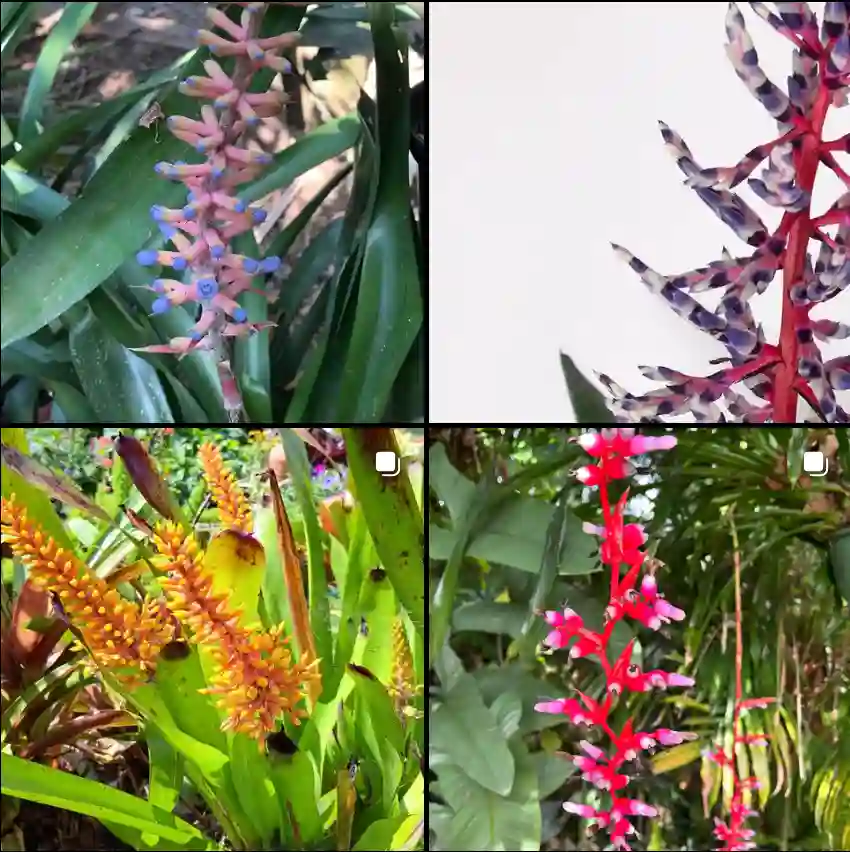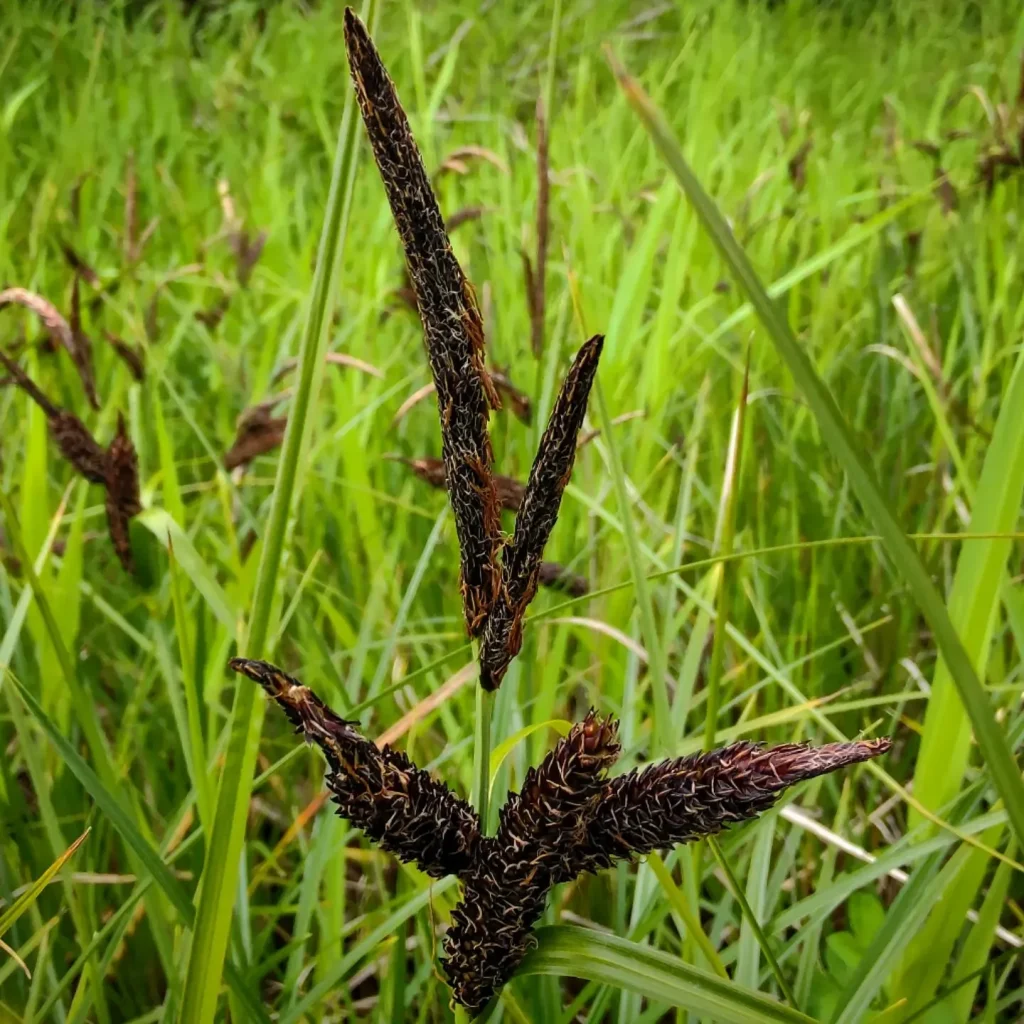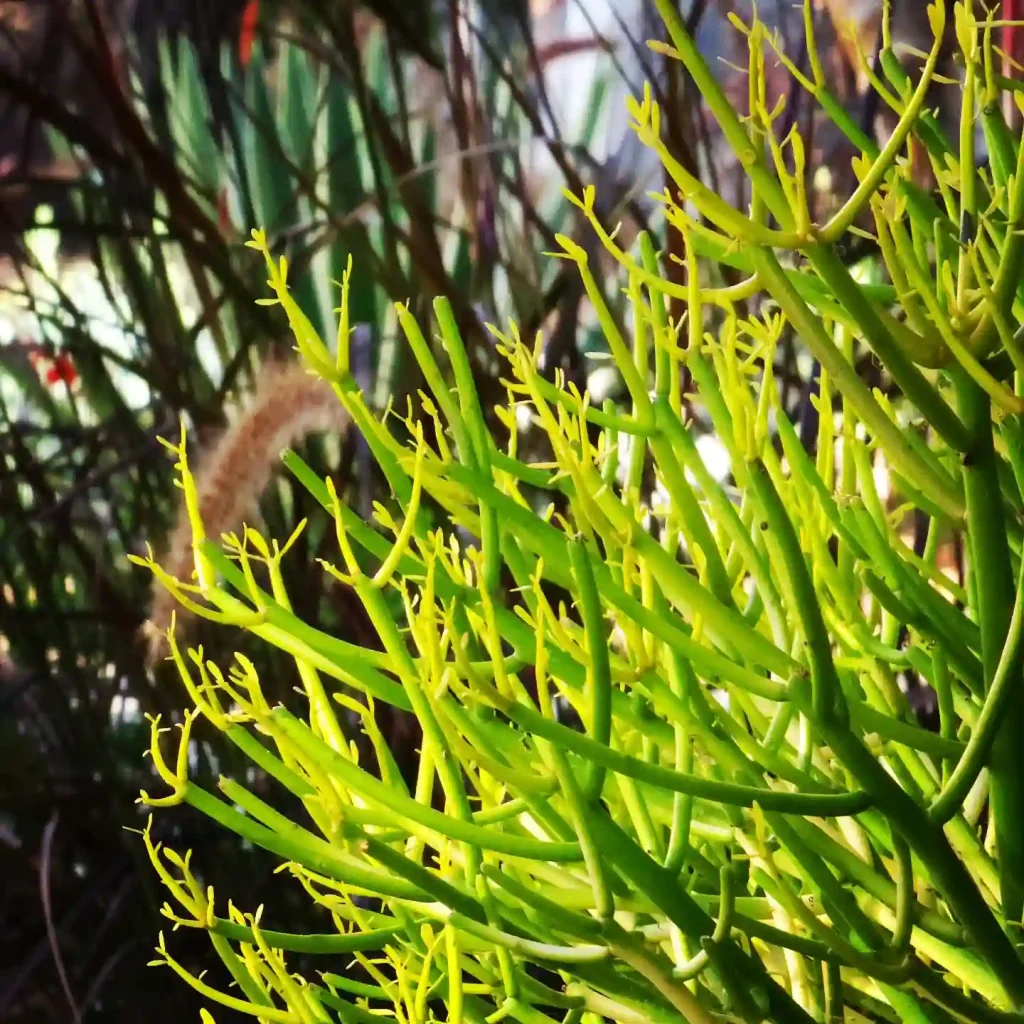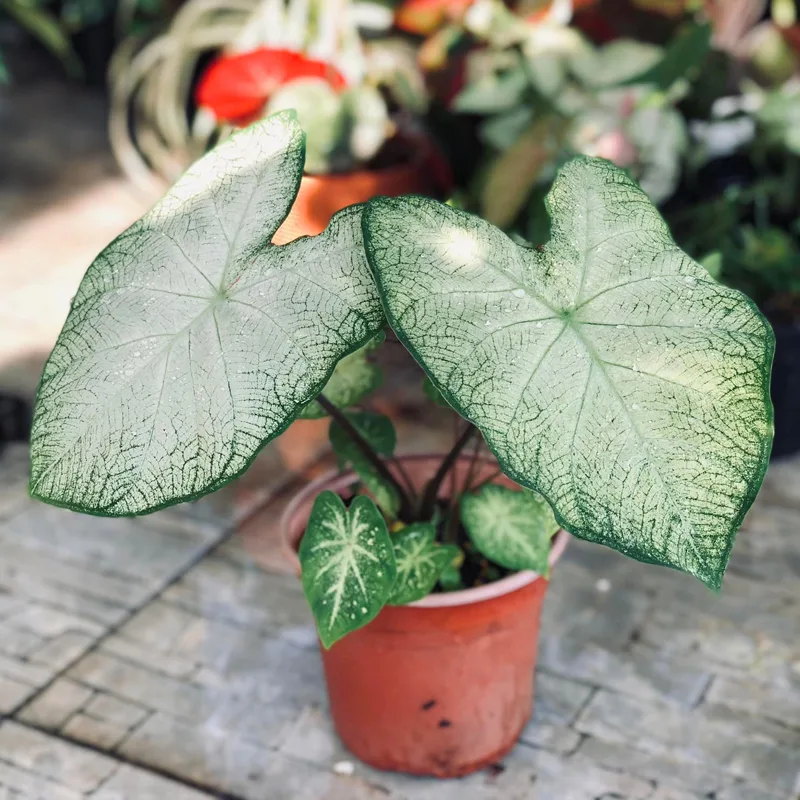Danthonia: A Grass with Grit
I’ve always been drawn to the unassuming beauty of grasses. Their subtle hues, delicate forms, and quiet resilience have a way of capturing my attention in a way that flashier flora simply cannot. Among my favorites is the genus Danthonia, a group of plants that embody a quiet strength and adaptability.
Danthonia is a genus of grasses found across a wide range of habitats, from the windswept plains of North America to the rugged mountains of New Zealand. These grasses belong to the Poaceae family, are often referred to as “oatgrass” or “wallaby grass,” but those names hardly do them justice. Danthonia species are diverse, each with its own unique characteristics and ecological niche.
A Diverse Family
- Danthonia alpina Vest
- Danthonia annableae P.M.Peterson & Rúgolo
- Danthonia araucana Phil.
- Danthonia boliviensis Renvoize
- Danthonia × breviaristata (Beck) Vierh.
- Danthonia breviseta Hack.
- Danthonia californica Bol.
- Danthonia cernua Döll
- Danthonia chaseana Conert
- Danthonia chiapasensis Davidse
- Danthonia chilensis É.Desv.
- Danthonia cirrata Hack. & Arechav.
- Danthonia compressa Austin
- Danthonia decumbens (L.) DC.
- Danthonia domingensis Hack. & Pilg.
- Danthonia holm-nielsenii Laegaard
- Danthonia intermedia Vasey
- Danthonia malacantha (Steud.) Pilg.
- Danthonia melanathera (Hack.) Bernardello
- Danthonia montevidensis Hack. & Arechav.
- Danthonia parryi Scribn.
- Danthonia rhizomata Swallen
- Danthonia rugoloana Sulekic
- Danthonia secundiflora J.Presl
- Danthonia sericea Nutt.
- Danthonia spicata (L.) Roem. & Schult. Plant FAQs: Danthonia Spicata – Poverty Grass – Heath Grass
- Danthonia unispicata (Thurb.) Munro ex Macoun
Toughness and Tenacity
What I admire most about Danthonia grasses is their resilience. They can thrive in harsh conditions, from drought-prone grasslands to windswept mountain slopes. They’re often pioneers, colonizing disturbed areas and helping to stabilize the soil. This toughness makes them valuable components of many ecosystems, providing food and shelter for a variety of animals.
One reason for their hardiness lies in their deep root systems. These roots allow them to access water and nutrients deep within the soil, even during dry periods. Danthonia species also exhibit a range of adaptations to fire, a common occurrence in many of their native habitats. Some species have seeds that require fire to germinate, while others resprout quickly after a burn.
A Valuable Resource
Beyond their ecological importance, Danthonia grasses have also played a role in human history. Indigenous peoples used various species for basketry, thatching, and even as a food source. In some parts of the world, Danthonia species are still used for grazing livestock, although their palatability can vary.
As a botanist, I’m fascinated by the evolutionary history of Danthonia. Recent research has shed light on the relationships between different species and their distribution patterns. It’s a complex and intriguing puzzle, and I’m eager to learn more about these remarkable grasses.
In a world facing increasing environmental challenges, the resilience of Danthonia offers a source of hope. These grasses remind us that life can persist even in the face of adversity. They are a testament to the power of adaptation and the enduring beauty of the natural world.
If i die, water my plants!



